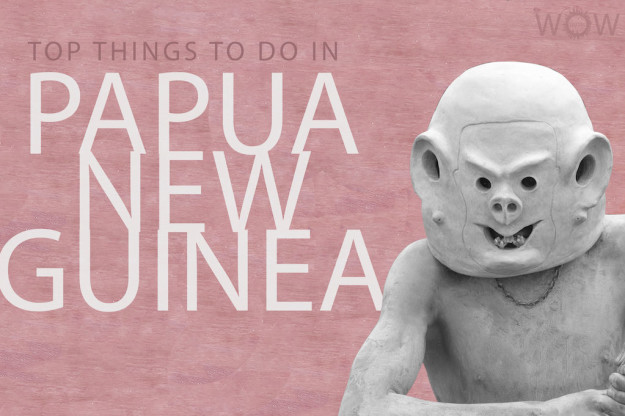Geographically and economically the lands that come under the banner of Oceania are literally miles apart. Stretching across the Pacific, from New Guinea in the west to Sala y Gomez Island in the east and Hawaii in the northeast, there is a sharp contrast in the economy, culture, and landscape. The globally competitive financial markets of New Zealand and Australia are in sharp contrast to the low economies of Tuvalu and Kiribati or the other Pacific islands like Tonga and Fiji. Likewise, with the population, multicultural cities such as Melbourne and Auckland are bustling with life and far removed from some of the most remote islands that make up this region, such as Niue in Polynesia and the Keeling Islands of Australia.
Pristine beaches fringed with swaying palms, rugged volcanic mountains rising out of the blue waters and stunning coral reefs; the most famous being the Great Barrier Reef, characterize this part of the world. With its abundant and diverse marine life, Oceania is a diver’s paradise. Scuba divers converge on Vanuatu to marvel at what lies beneath the waves, while those seeking the exotic experience of an island destination make a beeline for Hawaii, Fiji or Bora Bora. Australia and New Zealand characterized by diverse landscapes, unique animals and beautiful islands draw visitors by the thousands too. Oceania with its indigenous people, stunning landscapes and enchanting wildlife is a land waiting to be explored.
Located around 150 km (93 miles) North of Australia, Papua New Guinea (PNG) occupies the eastern half of the rugged tropical island of New Guinea (which it shares with the Indonesian territory of Irian Jaya) as well as numerous smaller islands and atolls in the Pacific. It is one of the most diverse countries in the…

